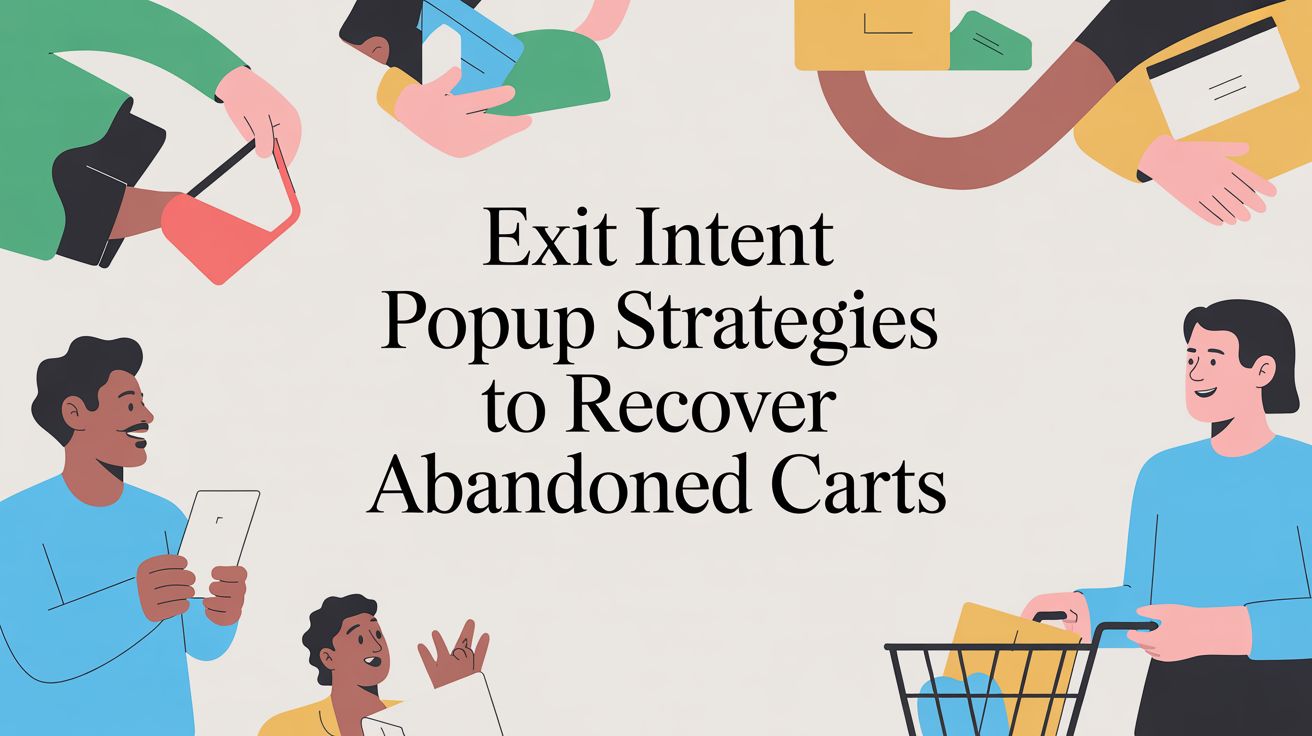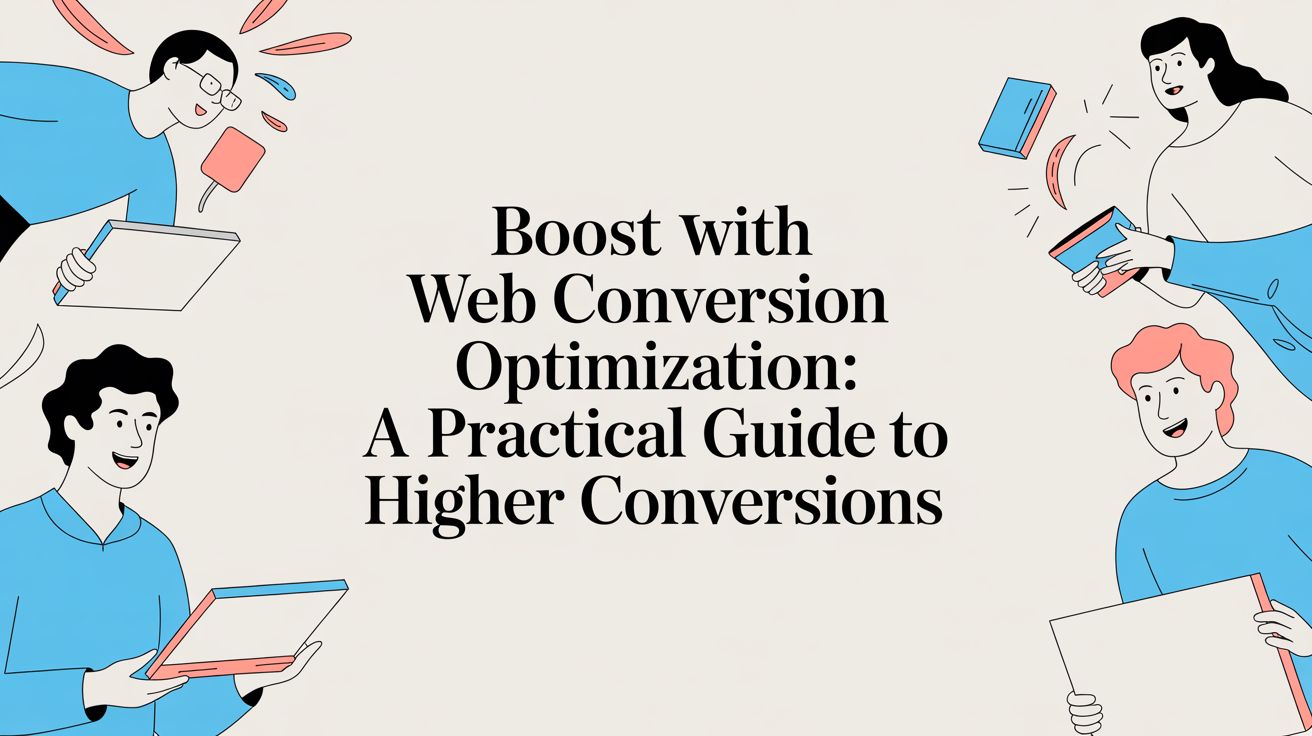
Consumers like to make safe choices — here's why

A comfort zone. A happy place. A safe haven. It doesn’t matter what you call it, the human need for a familiar sense of security is clear.
Humans prefer the things they know over the things they don’t. It’s called the "status quo bias," and it can greatly affect consumer behavior. Interested in learning more about this concept, we had a conversation with Kieran Katwala, Founder and Brand Advisor of Idea Dolls, a London-based brand and packaging agency. Together we discussed how the status quo bias came about, how it impacts consumer decisions and how you can make it work for your brand.
The beginning of the status quo bias
Like many other instances in human evolution, the status quo bias is no mistake. This concept did not originate out of happenstance, but out of survival.
“Humans are social creatures. We evolved to live in communities. Those who are rebels — they’re few and far between. Mostly because they get into a lot of trouble,” Katwala said. “Those who plod along, following the status quo, making the safe choices, simply have a higher chance of survival…”
And they rely on one another to make decisions around what will result in that survival. Psychology refers to this line of reasoning as social proof, the idea that humans are more likely to follow the lead of people they know and trust.
When other customers have turned a product into a “best seller” or chosen to follow behind a specific brand, it's often that assurance which allows new customers to feel safe (it’s also an example of social proof). And once they’ve given your product a try and confirmed your credibility, there’s a high chance they’ll grow a bias towards you as well.
“If you look at DISC personality theory, the vast majority of people are green, or predominantly green — the personality type that values what others think and makes purchase decisions based on that,” said Katwala. “If we didn’t have general consensus, or a bias towards a general consensus, our minds would be working overtime to make hundreds of decisions a minute…the bias stops us straying too far out of line.”
Biases are formed out of both a need for survival and a fear of loss. Once a new customer has turned into a loyal customer, chances of them suddenly wanting to venture out and try their luck elsewhere is relatively low. Katwala says this is mainly due to customers’ disdain for loss.
“No one likes to make the wrong decision. It’s why many people choose the same item on the menu every time. Research on ‘loss aversion’ has actually shown that people feel worse about the wrong decisions they make when they take a risk than the outcomes of doing nothing at all. It’s easier to plod along than ask the hard questions,” said Katwala. “Simply put, a loss only feels like a loss if action is taken…when you do nothing, there is no loss. [There’s] no gain either, but that doesn’t seem to matter to the vast majority.”
If a customer already knows how a brand or product works (they’ve worked out the kinks, they’ve discovered the things they like), the thought of entertaining another brand feels like much more of a risk than remaining with what’s familiar. It also requires more work, and if there’s anything we know about consumers, it’s that they value simplicity.
“If you ask the average person why they buy Heinz ketchup, they’ll tell you the exact same thing: It’s what they’ve always done. Our challenge as brand creators is convincing shoppers that the risk is worth it,” said Katwala. “When it comes to fast-moving consumer goods (FMCG) the stakes are low but still, the ‘loss fallacy’ kicks in. Are you ready for the disappointment of a bad bottle of ketchup? [It’s] easier to go for Heinz.”
So, what can you do if you want to convince consumers that your brand will better serve them? Use their bias to your advantage.
Humans follow the status quo — they are creatures of habit — but they are also insatiably curious. By leveraging existing biases, you can elevate their thinking with an offer so interesting that safety goes out the window.
“The fun part is tying existing biases to new products. Perhaps the packaging looks premium, perhaps you’ve named it something Scandinavian sounding (if that’s the cultural equity you’re leveraging) or Japanese (if you’re making technology),” said Katwala.
The status quo is neither something to live in or ignore. Making it work for your brand is a delicate art, one that is best approached with a touch of familiarity and excitement.
“A world that’s changing by the second isn’t a place to play it safe. Those who are [stagnant] are eventually doomed to become irrelevant. However, there is plenty of opportunity to be in tune with what audiences desire, in that way you can follow the status quo but also adapt to changing times and changing needs,” said Katwala. “Understanding what your audience wants and matching what you’re offering can make all the difference.”

Lindsay Keener is a brand journalist for Quikly. She covers stories that help to inform and educate consumer-facing marketers.

